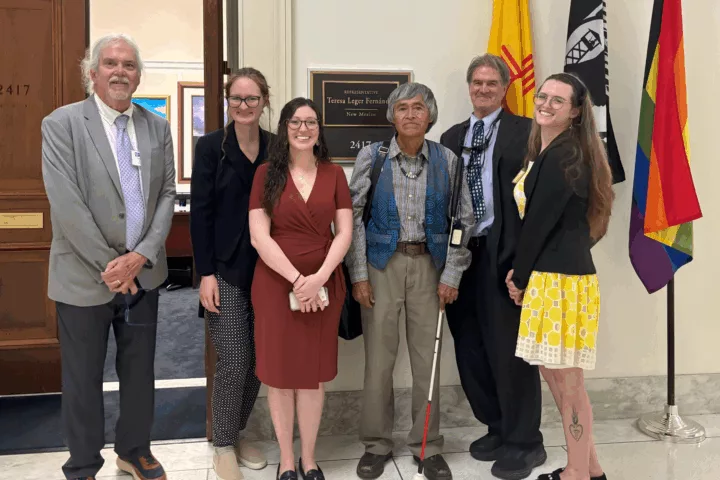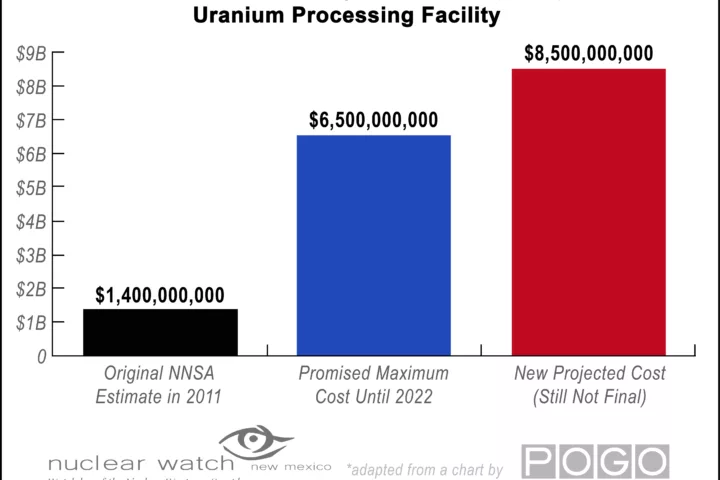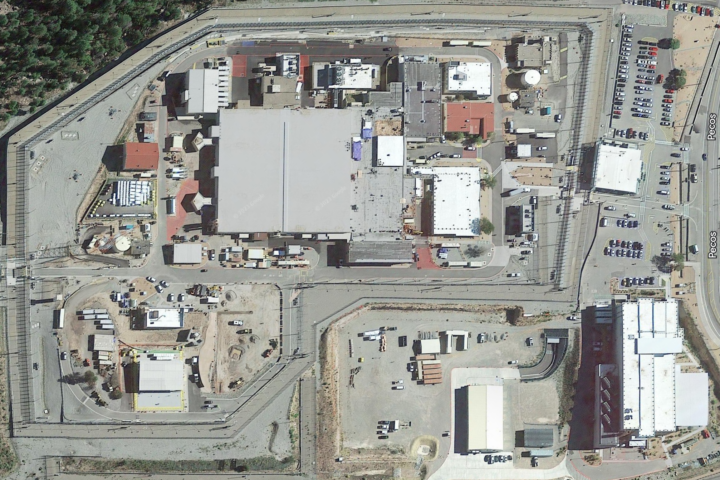National Nuclear Security Administration: Assessments of Major Projects
The National Nuclear Security Administration plans to invest over $30 billion in its major projects to modernize the research and production infrastructure supporting the nation’s nuclear weapons stockpile. This is our first biennial assessment of NNSA’s major projects.
As of March 2023, NNSA’s major projects collectively exceeded their cost estimates by over $2 billion. They also surpassed their collective schedules by almost 10 years. Cost growth and schedule delays had multiple causes, such as lower levels of worker productivity than planned.
The Department of Energy has been on the Government Accountability Office’s “High Risk List” for project mismanagement since 1991. A January 2023 GAO report says it all: NNSA Does Not Have a Comprehensive Schedule or Cost Estimate for Pit Production Capability. Congress has made its ongoing concern over the lack of pit aging studies explicit in legislation. The FY 2021 Consolidated Appropriations Act enacted the following provision:
“Pit and Plutonium Aging.-There is concern with the apparent lack of focus on advancing knowledge regarding pit and plutonium aging since the JASONs conducted its first study in 2006. Given the future needs of the nation’s nuclear deterrent, a robust program of research and experimentation is needed. Therefore, NNSA is directed to develop a comprehensive, integrated ten-year research program for pit and plutonium aging that represents a consensus program among the national laboratories and federal sponsors. Such a plan shall include estimated cost of ongoing research, new or upgraded capability needs, and key near-, mid-, and long-range milestones. The plan shall be submitted to the Committees on Appropriations of both Houses of Congress not later than 180 days after enactment of this Act.”
As far as is publicly known no such plan has been submitted to Congress despite its statutory requirement. That said, a ten year plan to have plutonium pit aging studies is not sufficient to begin with when uncertainty over pit aging is being used as the rationale for an aggressive plutonium pit production program costing at least $60 billion over the next thirty years. The recent GAO report states, “…Six projects in the design phase are implementing significant changes that may increase their cost and schedule beyond NNSA’s preliminary estimates. These include a project to modify existing plutonium processing facilities at Los Alamos National Laboratory in New Mexico.”
Furthermore, the entire U.S. $2 Trillion “Modernization” plan includes new intercontinental ballistic missiles, new cruise missiles, heavy stealth bombers and
submarines, which entails rebuilding warheads with new military capabilities plus completely new-design nuclear weapons. This is not just for “deterrence” but instead for nuclear warfighting capabilities. No production of plutonium pits is scheduled to maintain the safety and reliability of the existing nuclear stockpile; instead it is for new-design nuclear weapons. The US is inspiring a new arms race with nuclear weapons forever.
page 15:
• In January 2023, 23 we reported that NNSA has not developed a comprehensive schedule for managing its plan to produce 80 plutonium pits—the central core of a nuclear weapon—per year at two sites (Los Alamos National Laboratory and Savannah River Site). These plans include the construction of six of the projects listed in
table 1. As a result, we reported that NNSA’s pit production schedule did not meet minimum qualifications to be considered an integrated master schedule
page 60 on SRS pit plant:
PROJECT SUMMARY
• As of March 2023, NNSA was in the early stages of updating the project’s preliminary cost and schedule estimates. NNSA’s fiscal year 2024 budget justification stated that the project’s overall cost may increase by up to 40 percent and be delayed up to 3 years compared with the estimates approved at the alternative selection milestone. SRNS plans to submit revised cost and schedule estimates to NNSA in February 2024. Furthermore, in April 2023, SRNS plans to submit revised cost and schedule estimates for completing all design work that has experienced staffing shortfalls and integration challenges. Regarding a key technology for the main process building, SRNS completed initial testing of a revised prototype in December 2022, with additional testing scheduled for completion in June 2023.
Read more on Los Alamos Assessment:
https://www.santafenewmexican.com/news/local_news/gao-lab-faces-four-year-delay-cost-growth-for-making-nuclear-bomb-cores/article_92f2ad84-3dd4-11ee-b677-b76ab4ca1b91.html



